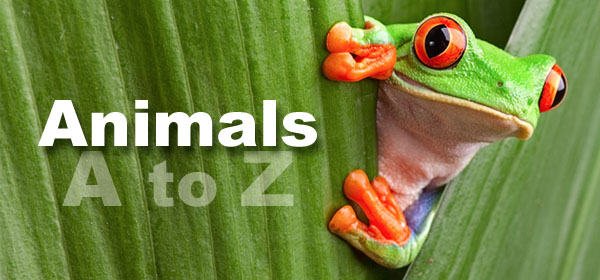Hello! Today, I am going to introduce you to a species of tarantula that I share the same hair colour with, Poecilotheria metallica. Commonly known as the Gooty Ornamental, this feisty, fast and blue haired tarantula hails from the rainforest areas of India, such as Gooty and Madras, making its arboreal home in the hollows of trees. The IUCN have classified this species as critically endangered since 2006 due to destruction of its habitat and the collection of this colourful species for the pet trade. However, there has been a recent rise in the captive breeding of this species in the hobbyist community, especially since they are no longer legally allowed to be exported out of India.


Where are the Wingham Gootys??
Recently the invertebrate house became home to 76 adults and 75 slings of this beautiful species! When you visit the zoo, you won’t be able to see this species as they are currently living off show, however, you may hear the keepers crashing around behind the tanks you can see looking after them! You may be thinking to yourself, what does 151 spider enclosures look like? Wonder no more as I have included pictures!


Breeding
Now, if you remember, I mentioned that hobbyists are beginning to breed this beautiful species, however, have you ever wondered how tarantulas and many spiders breed? Then wonder no more as I am about to tell you all you need to know!
The breeding of this species, and tarantulas in general is far more interesting and complicated than you may think! To begin, we need to have a male and female tarantula!
For the male, the act of breeding itself is very dangerous, with many of them becoming their special lady friend’s post lovemaking meal! This is not always the case, some species, such as our Gooty ornamental, will inhabit the same enclosure with the male for weeks at a time with little to no aggression seen!
But how do tarantulas breed? To begin, when a male reaches maturity, he will lay down web on the floor creating a protective ‘web mat’. He will then rub his abdomen onto the mat which causes the male to excrete semen. The male will then rub the semen onto his pedipalps, popping it into a little semen pouch to store it until he finds a mate. When he has found his intended mate, the male then must woo her. They do this by tapping their pedipalps (a front pair of ‘arms’ that are at the front of a spider’s head, larger in males than females) around the female letting her know he’s there and looking for a special lady friend! After she accepts him as a potential mate, the male moves in front of the female and lifts her front legs and head up and places himself underneath her. He then uses his pedipalps to tap and insert the semen into the female’s opisthosoma (opening on the underside of her abdomen). He then runs away before becoming dinner!
After several weeks the female will make herself a web mat, lay her eggs on it then wrap them up and carry them with her fangs turning and adjusting the egg sac when she needs until the spiderlings emerge. After hatching, the baby spiders (or slings) will undergo their first moult!

Moulting
Invertebrates, including arachnids have an exoskeleton. This means that rather than having bones inside their bodies like us they have a hard but flexible outer shell which doesn’t change size. As the spiders’ internal organs grow, the exoskeleton becomes too tight and small. So, for the spider to grow it must shed this outer layer and make a new one! But how does it grow? Whilst shedding off its old skin the tarantula takes in more air expanding and stretching its new exoskeleton before it hardens, increasing in size and allowing the spiders organs to comfortably fit inside its skin. Depending on the size and age of the spider, this process can happen anywhere from once a month to once a year or two.
Video shows one of our adult Gooty ornamental tarantulas finishing its moult.

Image shows several sling Gooty ornamental moults.
Feeding
All arachnids need to feed to survive. Prey can range anywhere from small fruit flies to large locusts and small vertebrates. To do this, tarantulas grab their prey with their front legs and fangs and inject a paralysing venom, stopping them from moving. This venom varies with potency. There is not a single tarantula in the world whose venom could kill a human. One of the most venomous tarantulas is in fact the Gooty ornamental whose venom can cause pain and swelling but not much more than that! After paralysing its prey, the tarantula releases digesting enzymes into it, allowing them to suck the nutrients out of the bug like a delicious buggy milkshake!

Malaysian earth tiger tarantula, Mandy enjoying her bug-shake
By Beth, Deputy Head of Reptiles and Invertebrates


